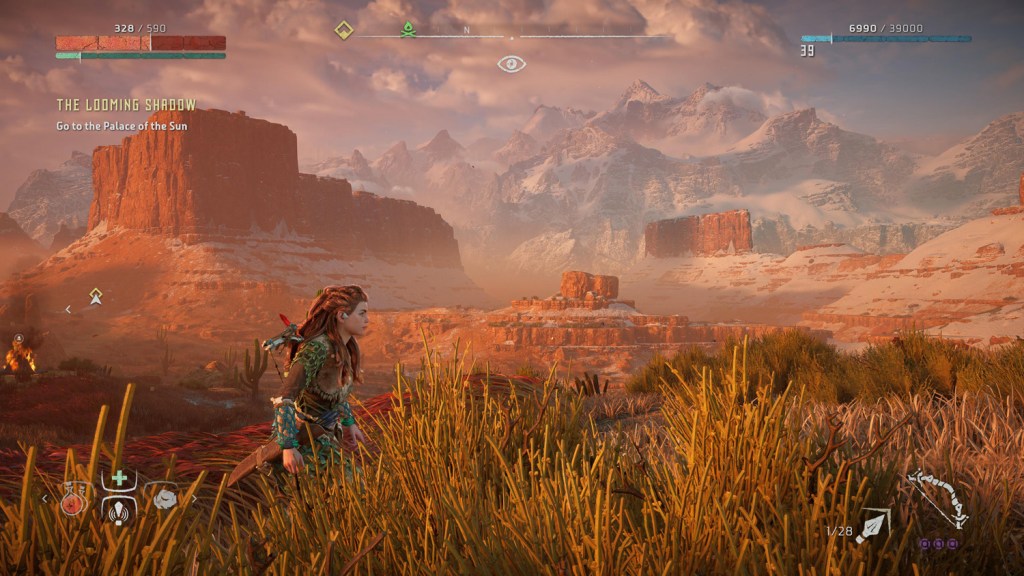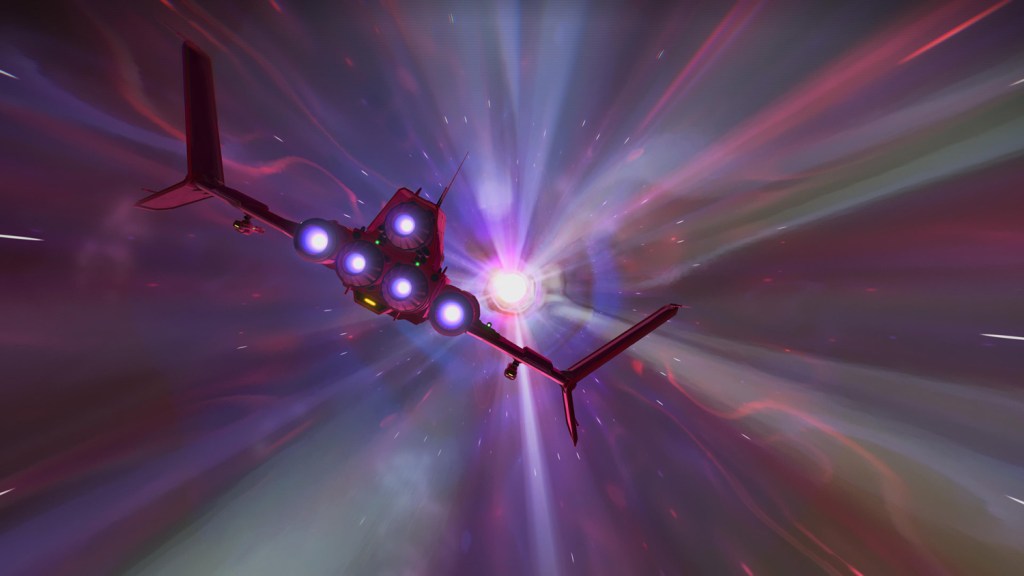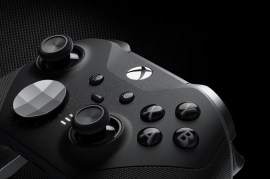Sony Playstation 5 Pro review: keeping up with power
Is Sony’s expensive mid-gen console refresh worth the upgrade?

Stuff Verdict
An expensive mid-gen update that tries to keep up with the base console’s promises. The PlayStation 5 Pro exposes the limitations of an unsustainable tech arms race.
Pros
- Slimmer and lighter design than base PS5
- More storage to start with
- Improved GPU reduces compromise between fidelity and performance
Cons
- Obscenely expensive
- Missing components make for a less ‘pro’ package
- Graphical improvements either feel negligible or ambiguous
Introduction
Games consoles have been getting refreshes and design overhauls for years. It’s a good way to keep players engaged before the next generation rocks up, even with the parental confusion that comes with multiple machines all running the same games. The rules changed in the PS4 and Xbox One era, when we got meaningful hardware upgrades instead of a lower price, and look set to stay with the arrival of the PlayStation 5 Pro.
It took longer than the last lot of mid-life updates, which appeared just as 4K and HDR TVs were making your 1080p set look seriously out of date. But the extra power in Sony and Microsoft’s Pro machines also let developers boost performance and run at much smoother frame rates. Now those benefits have been carried over to the new consoles, it’s trickier to pinpoint what makes the PS5 Pro a game-changer.
With no Xbox rival in sight, Sony is only competing with itself and the PC gaming crowd. Maybe that’s why it felt able to slap on an eye-watering $699/£699 price, almost double that of a base PS5. Is this peak PlayStation hubris, or is the PS5 Pro actually a worthwhile investment?
How we test gaming hardware
All games consoles and gaming hardware tested on Stuff are put through their paces with days’ worth of play time. We use our years of testing experience to judge areas such as build quality, software experience, battery life and other features. Manufacturers have no visibility on reviews before they appear online, and we never accept payment to feature products.
Find out more about how we test and rate products.
Design: slim shady
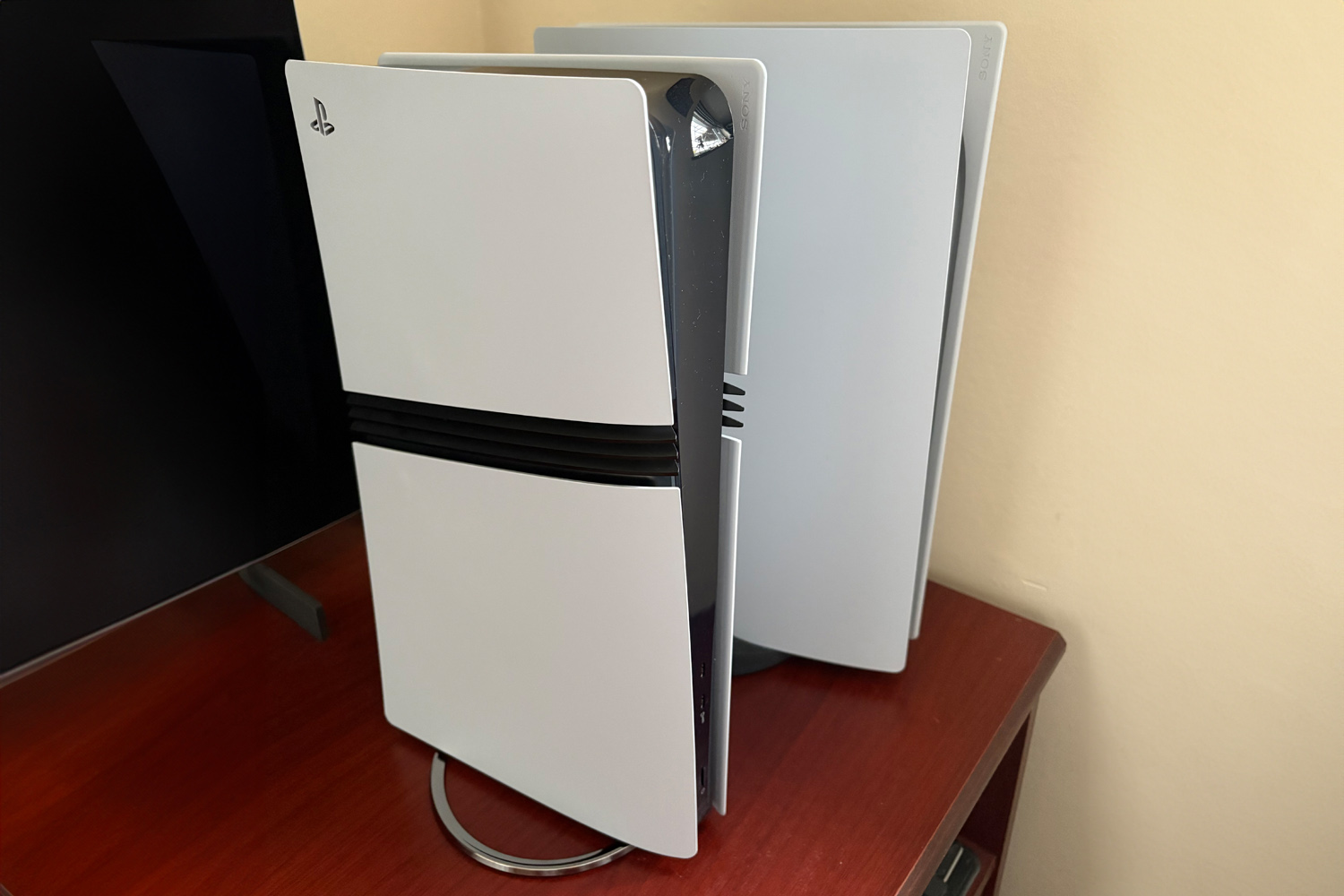
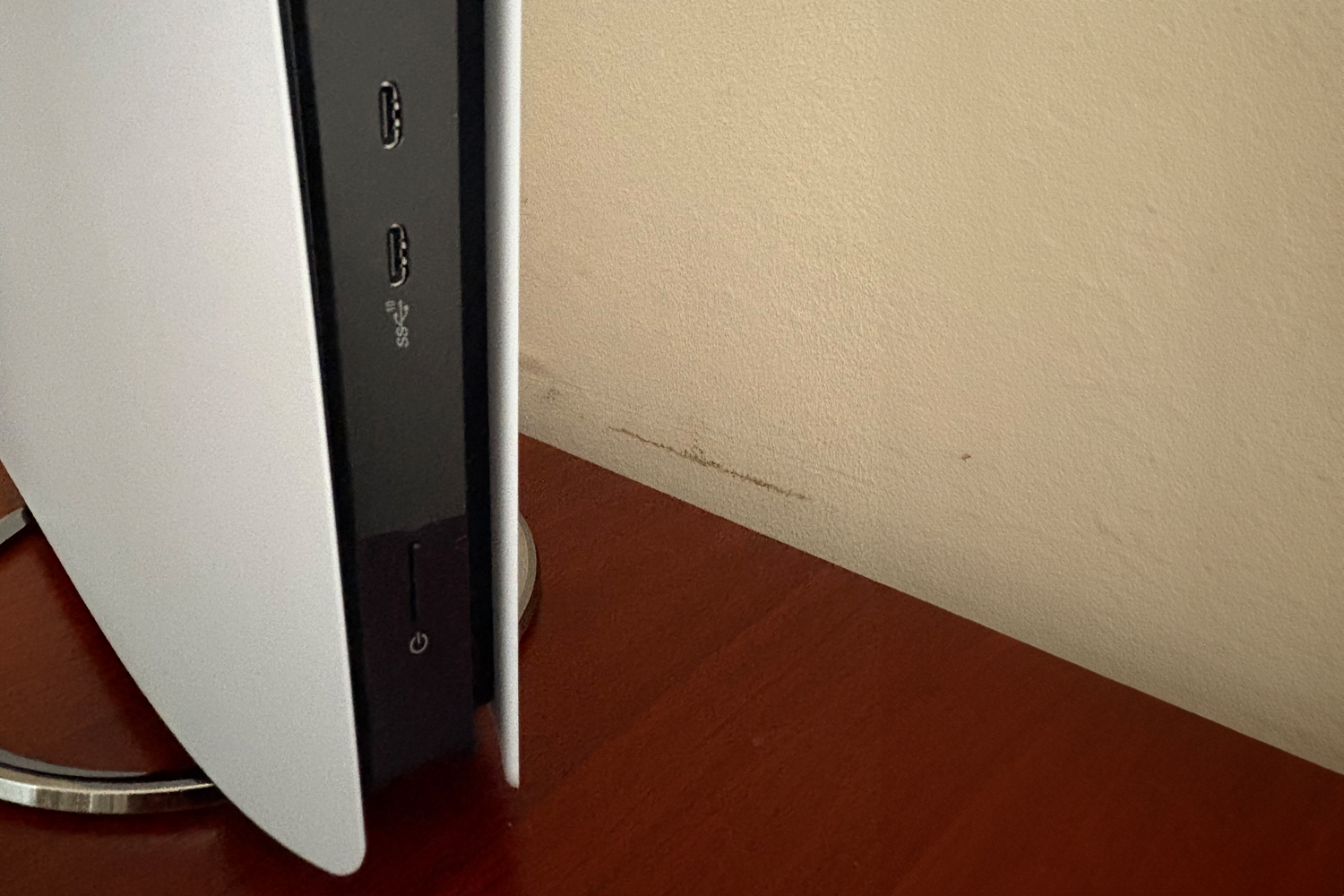
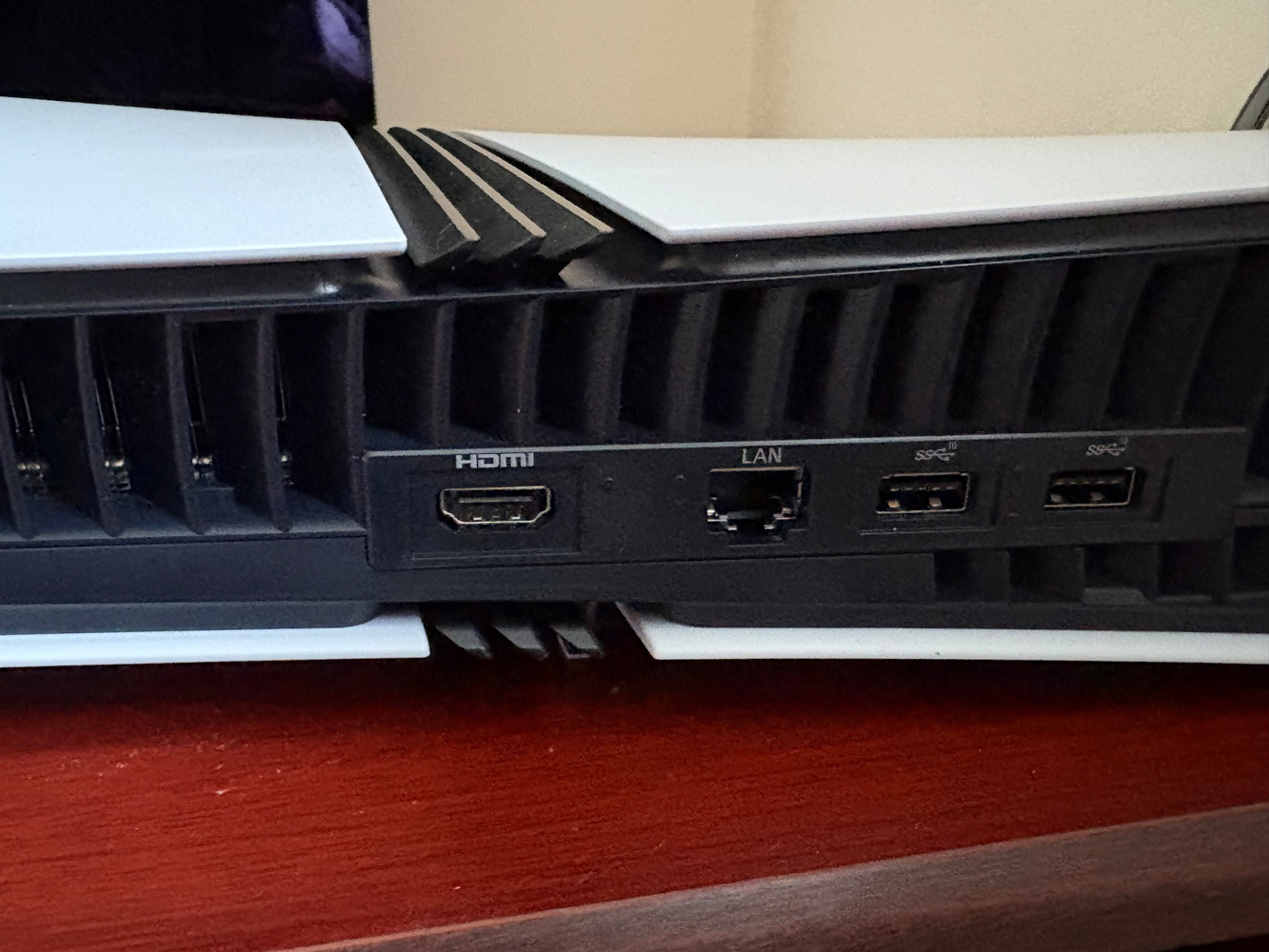
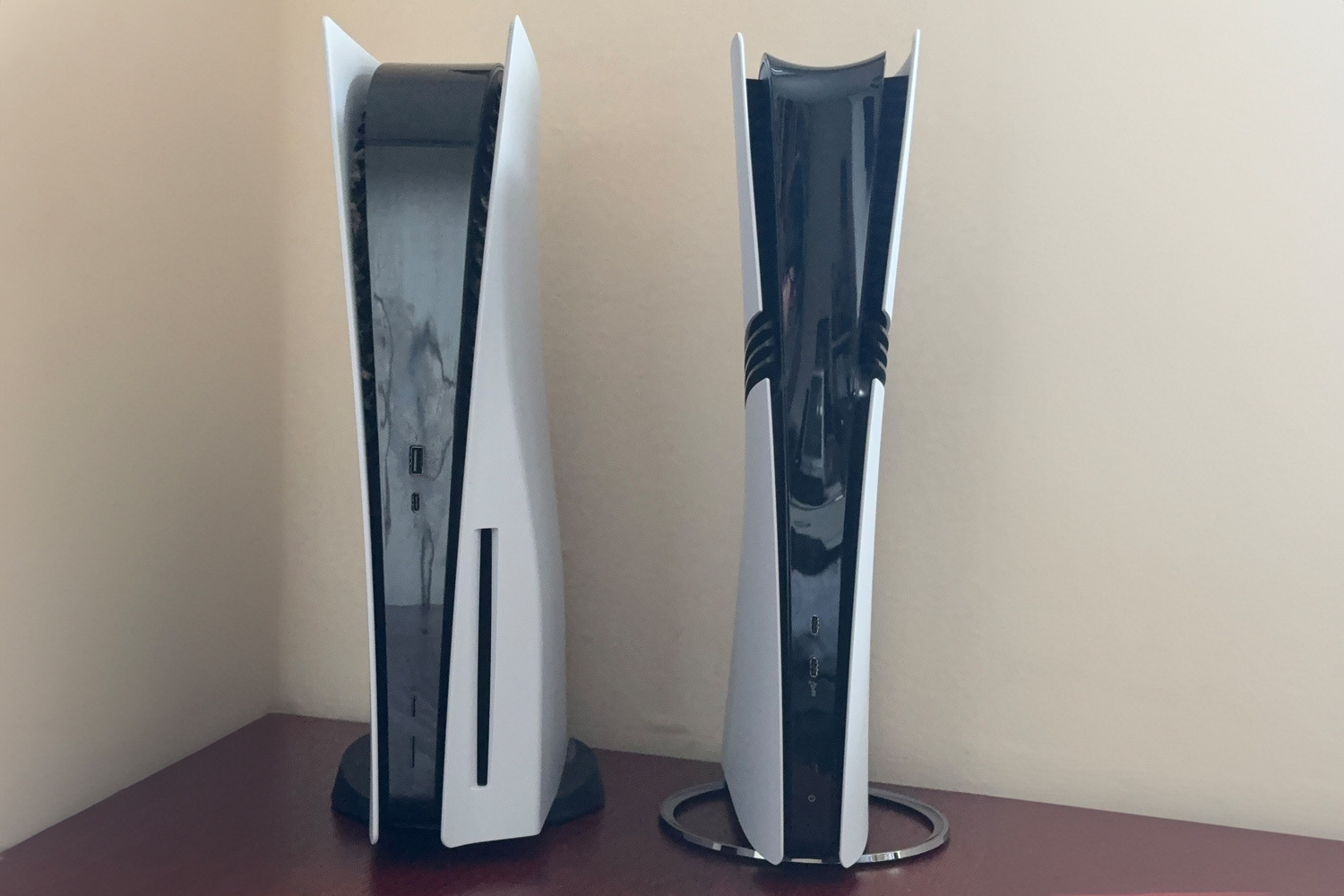
Three black stripes through the middle of the PS5 Pro distinguish it from the regular model’s slimmer 2023 revision, which has just one. There’s still a strong family tie to the divisive original PS5, but the ostentatious face plate ‘horns’ aren’t nearly as prominent here. It’s still a chonky 388mm tall, but not nearly as wide or deep, and at 3.1kg is a lot less cumbersome to move around.
Those face plates are modular, letting you just remove the top half to clean the cooling fan, or the bottom half to expand the console’s storage with an NVMe SSD. The central stripes also have slots to insert two small plastic stands for standing the console horizontally (which it can’t do on its lonesome due to the funky shape). They look cheap but get the job done, and are at least included with the console. You’ll have to spend an extra £25 for the official vertical stand.
The console itself keeps the same glossy black plastic exterior as before, making it a dust and fingerprint magnet. I expect it’ll mark just as easily if you regularly make use of its USB ports. The PS5 Pro follows the PS5 Slim with two USB-Cs up front and two USB-As at the rear; it’s reflective of more devices using the newer standard, including the cable bundled with the pack-in DualSense controller. That’s a raw deal if you’re still using older peripherals like fight sticks or racing wheels, which you’ll have to plug in by reaching behind the console.
You’ll also find a single HDMI 2.1 port at the rear, along with power and Ethernet ports. The one thing you wont find? A disc drive.
Hardware changes: not so Pro
Sony has gone digital-only for the PS5 Pro, at least from the factory. If you’ve got a library of physical PS5 games (or indeed backwards compatible PS4 titles), you’ll have to shell out an extra $79/£99 for a disc drive that bolts onto the side of the system. Hardly what I’d call a ‘Pro’ package. This is further exacerbated at launch by scalpers buying out the add-on in droves and demanding more than double the price on eBay. The one positive? It gives the console a neat symmetrical look when viewed face-on that would’ve been ruined by a disc drive jutting out like a big bottom.
At least the console ships with a healthy 2TB of lightning-fast custom SSD storage, which ensures games continue to have next-to-no loading times. Sure, it’s more like 1.85TB for games and captures once the operating system has carved up a portion, and now new releases regularly demand 100GB or more to install – before accounting for future patches or DLC – that’ll still get swallowed fairly quickly. But it ensures you don’t need to spend more on storage from the off.
Other welcome upgrades include Wi-Fi 7 connectivity, so you can expect even faster transfer speeds and a more stable connection – as long as your router also supports the tech.
What you’re ultimately paying for, though, is the significantly improved GPU. The PS5 Pro might be powered by the same AMD Zen 2 processor as the base PS5, but its Radeon RDNA-based graphics engine now delivers a whopping 16.7 teraflops of GPU compute performance. That’s a big step up from the OG PS5’s 10.23 teraflops, and comfortably outstrips the Xbox Series X’s 12.14 teraflops. Sony has undoubtedly reclaimed the most powerful console in the world title.
Performance: New balance
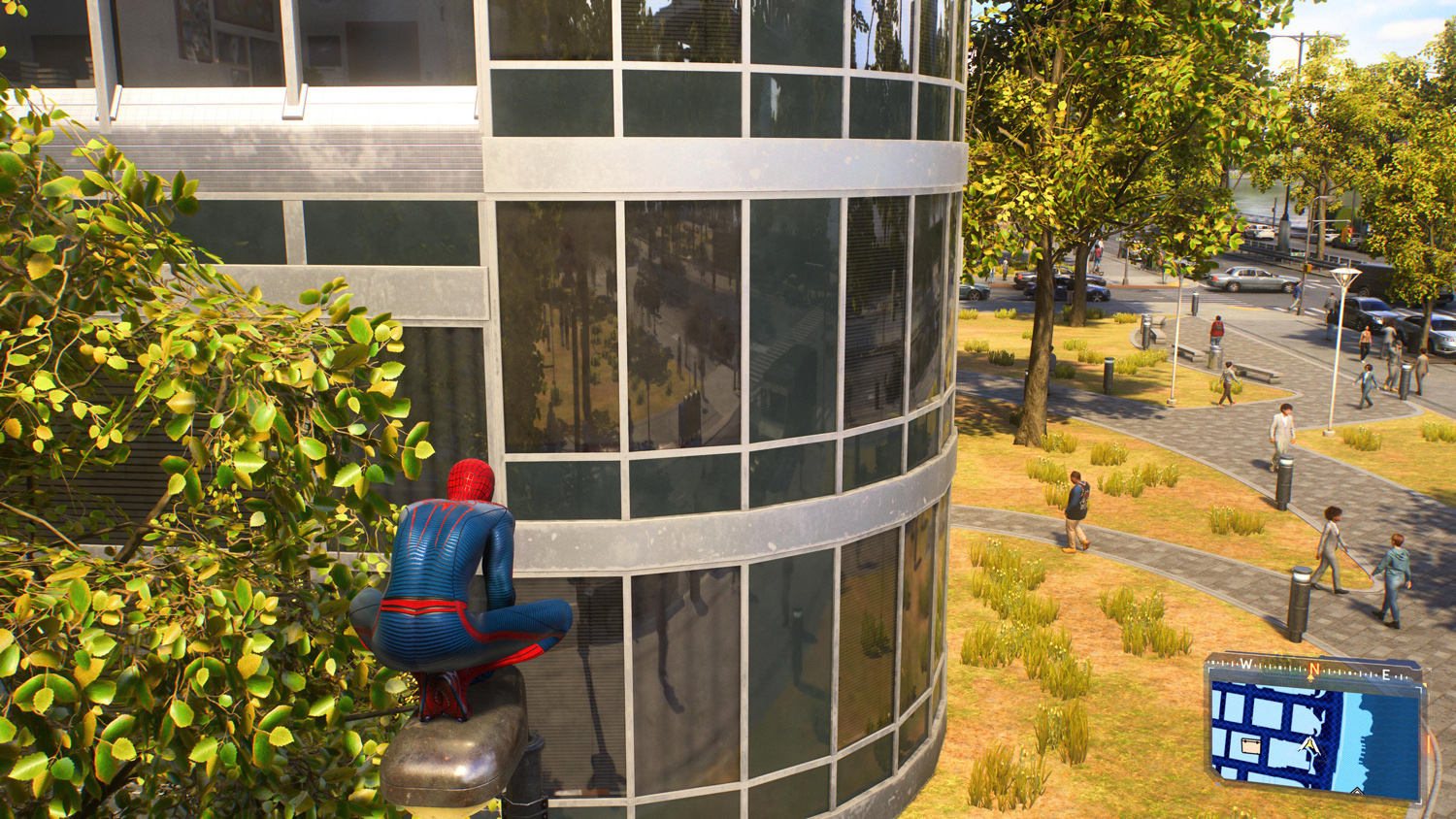
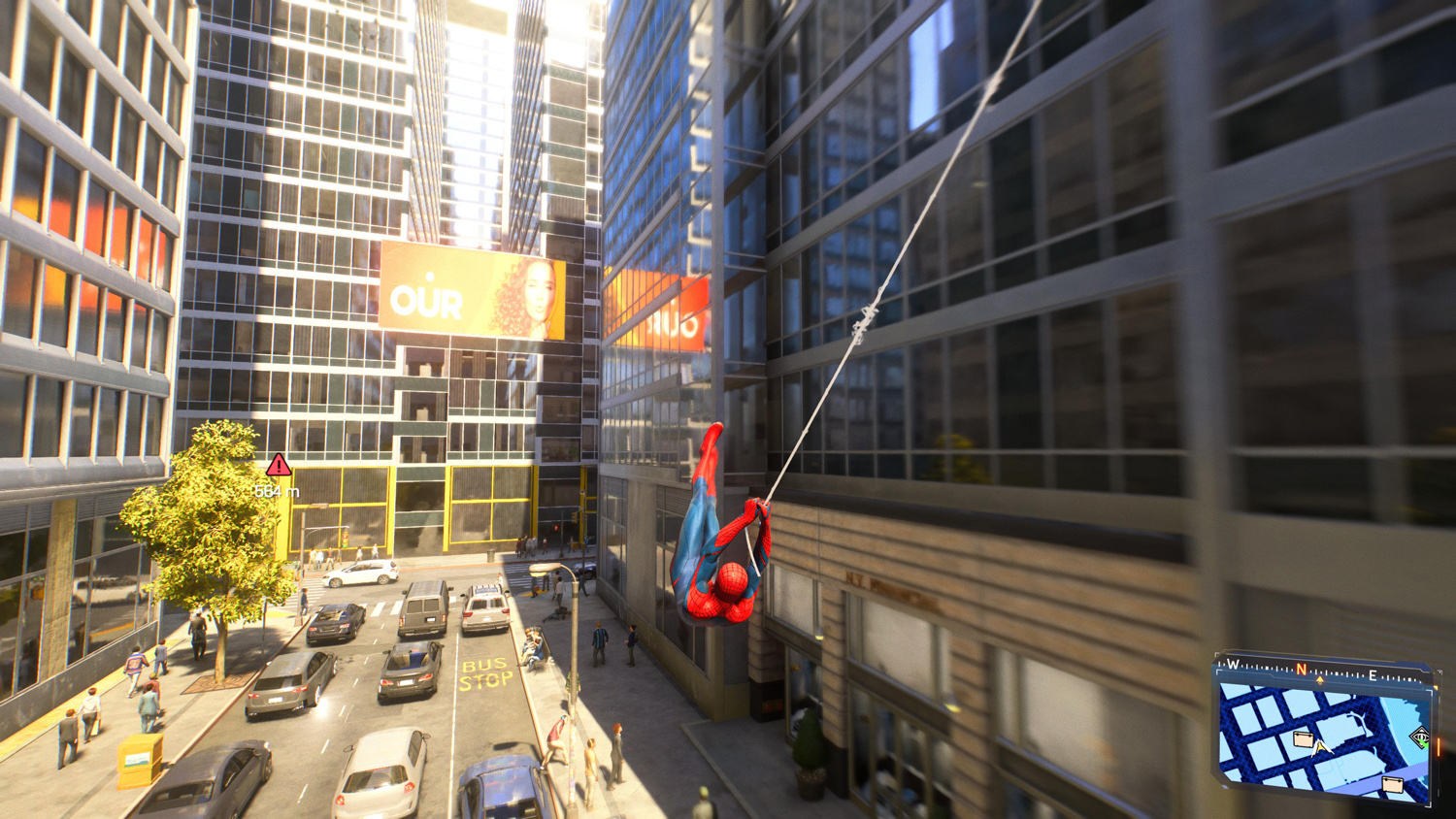
All that extra oomph is supposed to let the PS5 Pro play current games without having to choose between performance or visual quality, and future-proof it for upcoming releases. Sony’s not just brute-forcing it, either: the console also brings unique PlayStation Spectral Super Resolution (PSSR) upscaling, which uses deep learning algorithms to deliver a 4K picture without impacting frame rates.
Nvidia DLSS and AMD FSR have been bringing PC gamers the same sort of ‘free’ performance uplift for a few years now. It’s much more sophisticated than the checkerboard rendering used on PS4 Pro, so your eyes won’t be able to tell the difference between an upscaled 4K image and a native one.
These new tech tricks aren’t used instantly, though. It’s on developers to apply updates to existing titles before they’ll show any meaningful enhancements, and each studio has different interpretations of how to use them.
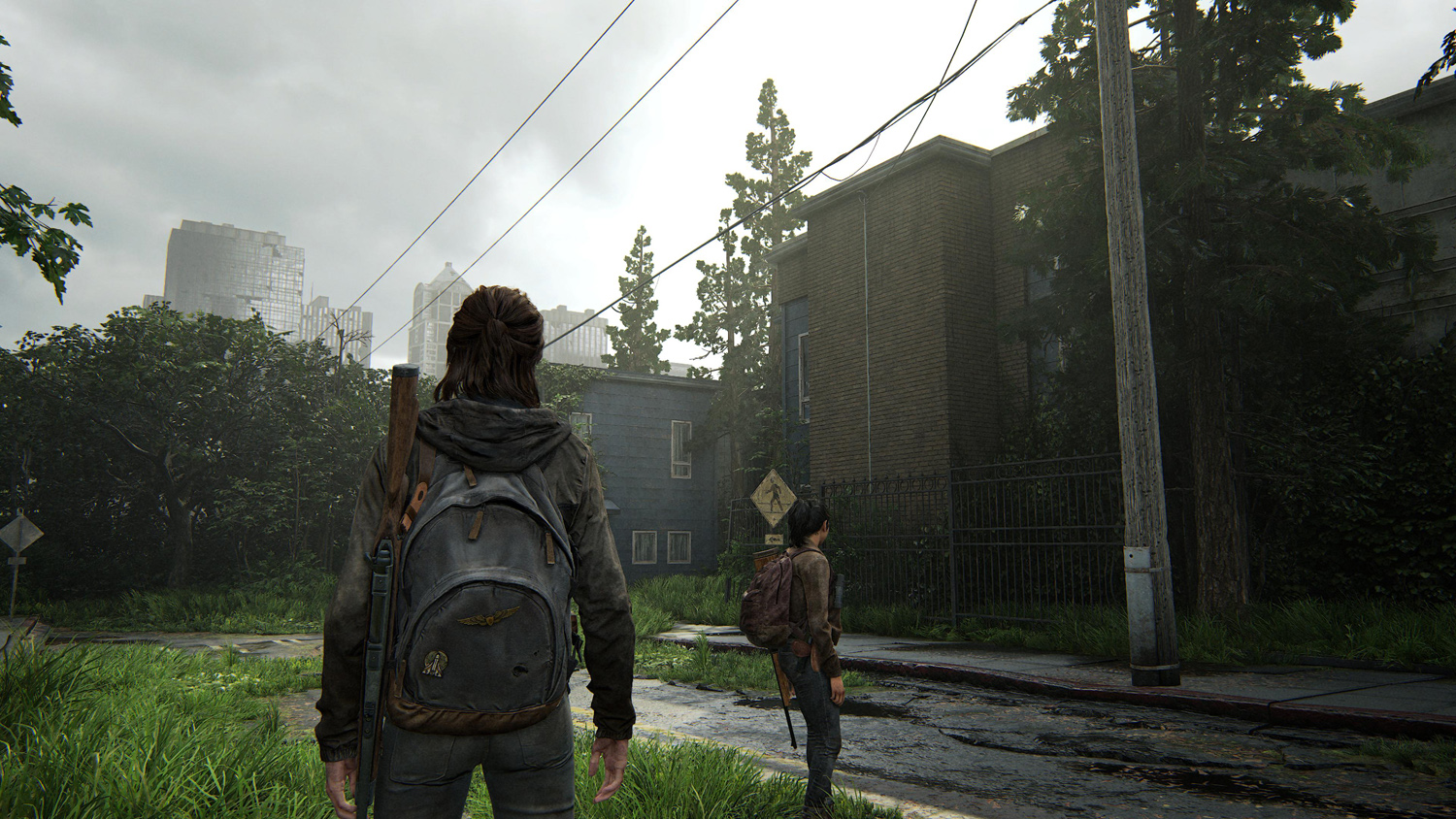
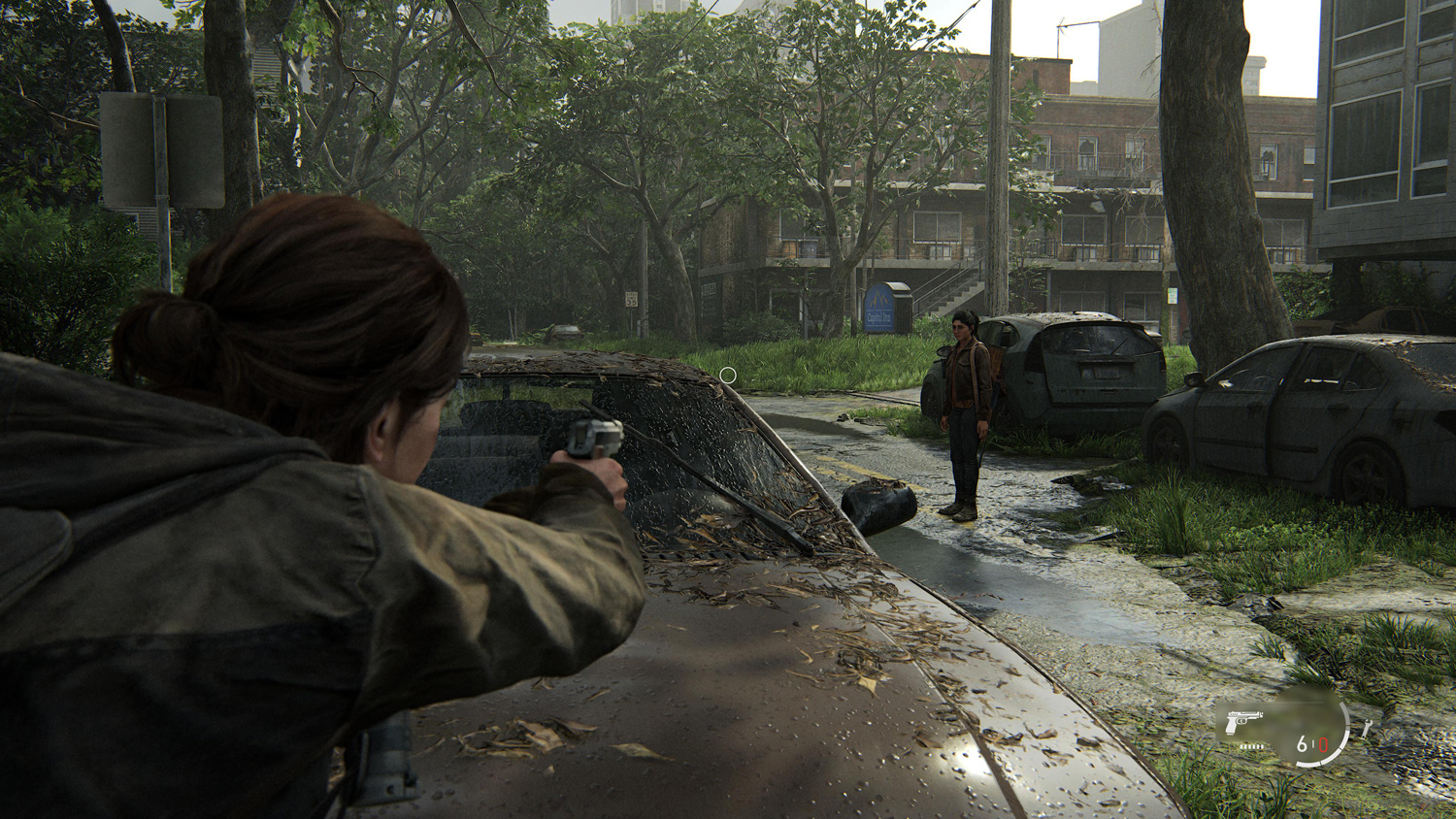
The Last of Us II Remastered is perhaps the most straightforward, explicitly explaining how its new Pro rendering option uses PSSR to turn a rendered 1440p resolution to output as 4K while still targeting 60fps. Distant foliage looks just as sharp here as it does in the Fidelity mode, which is locked to 30fps – though you’ve really got to be looking for it. Horizon Zero Dawn Remastered is more annoying, with ‘Pro’ variants of both its original graphics options that imply you’ll get something out of either.
Marvel’s Spider-Man 2 is the best of both worlds. It can use PSSR to deliver the image quality of the base PS5’s resolution mode at a smooth 60fps – while including all ray-tracing features that make swinging past skyscrapers absolutely breathtaking. Fidelity Pro then takes those visuals further, with ray-traced reflections, key light shadows, and ambient occlusion, at the expense of frame rate.
This pattern carries over to newer titles like Dragon Age: The Veilguard and Alan Wake 2. Choosing Performance gets you 4K60 gameplay, while opting for Fidelity enables ray-traced effects that weren’t possible on the regular console. Of course some games made ray tracing work just fine on the vanilla PS5, so it’s not like this is brand new tech exclusive to the Pro model. And ultimately you’re still being forced to choose between frame rate and visual fidelity – it’s just the frame rate is higher, and the visuals are nicer.
Game Library – Variable enhancements
More than 50 titles will have PS5 Pro enhanced patches at launch, including first-party exclusives like God of War Ragnarok and Ratchet & Clank: Rift Apart, along with third-party titles like Resident Evil 4 and Baldur’s Gate 3. Some of those showed distinct dips in visual quality when opting for Performance mode on the vanilla PS5, and are definitely improved here.
Final Fantasy VII Rebirth still isn’t immune to moments of pop-up, noticeable when you’re just strolling through the Grasslands near the beginning of the game. It’s also a shame that Gran Turismo 7, which had received a lavish showcase of its real-time ray-tracing and 8K upscaling ability last month, isn’t actually receiving a PS5 Pro patch until after launch. There’s not yet confirmation on whether ray-tracing will also be implemented when playing the game in VR, either.
Smoother and more consistent frame rates are nice, but are they £700 nice? It’s not as if the regular PS5 is incapable of 4K gaming at 60fps; there are plenty of titles (albeit ones from the start of the console generation, or remasters of older releases) that run this well on the older hardware. As pretty as space survival sim No Man’s Sky‘s PS5 Pro enhancement is, I’m not sure you’d tell the difference in details without a magnifying glass.
Sony’s recent Horizon Zero Dawn remaster admittedly looks stunning, with developer Nixxes improving assets across the board and adding new motion captured dialogue to bring more life to each character. But this has all been achieved on the base PS5 version, and at 4K60 to boot. It makes you wonder just what the real difference is on PS5 Pro.
Sony PlayStation 5 Pro verdict
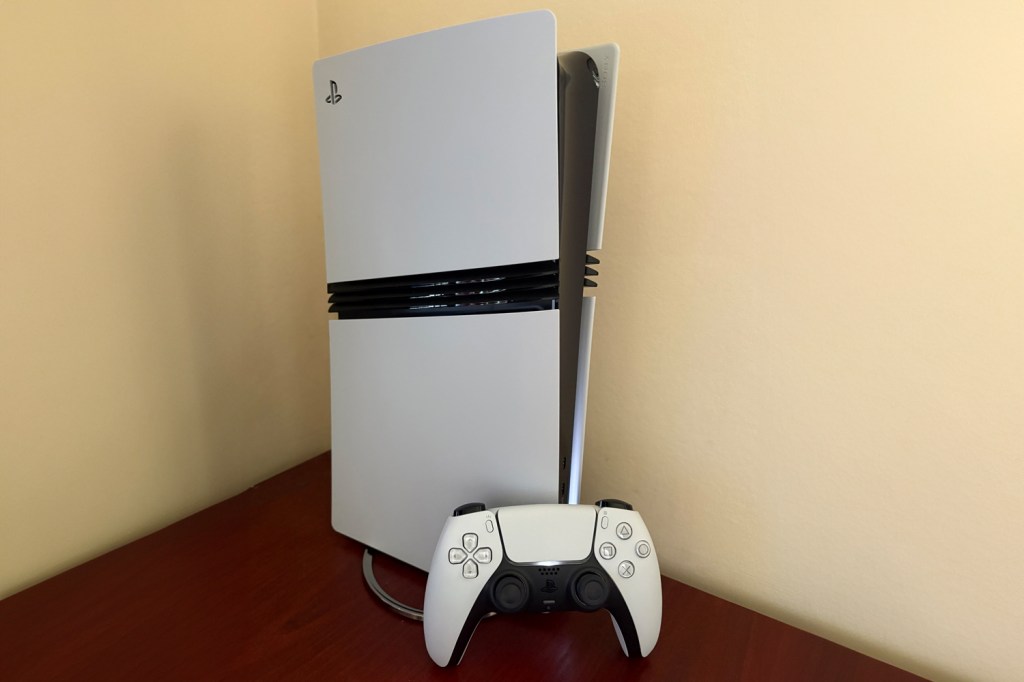
The PlayStation 5 Pro is a much less enticing upgrade from your base PS5, or even as the go-to first purchase for anyone that’s been holding out until now. Beyond the hard-to-stomach price, the enhanced graphics feel so negligible in enhanced titles, and many others still await Pro support. The thinner design is an improvement on the original, but you can get the revised slim PS5 for almost half as much – and with the option of a disc drive from the factory.
This upgrade may come into its own with future releases, given players are now encountering far more games where visuals look distinctly blurrier in performance mode. Developers are surely gleefully rubbing their hands together at the extra power on offer.
Until those games arrive, those chasing peak performance might as well just invest in a new PC graphics card. But if money is no object, then by all means you’ll be getting the most powerful console in the world.
Stuff Says…
An expensive mid-gen update that tries to keep up with the base console’s promises. The PlayStation 5 Pro exposes the limitations of an unsustainable tech arms race.
Pros
Slimmer and lighter design than base PS5
More storage to start with
Improved GPU reduces compromise between fidelity and performance
Cons
Obscenely expensive
Missing components make for a less ‘pro’ package
Graphical improvements either feel negligible or ambiguous
Sony PlayStation 5 Pro technical specifications
| Processor | AMD Ryzen Zen 2 (8 core/16 thread) |
| Memory | 16GB GDDR6, 2GB DDR5 |
| Graphics | AMD RDNA |
| Storage | 2TB (onboard), M.2 expansion |
| Connectivity | 2x USB-C, 2x USB, Wi-Fi 7, Bluetooth, Ethernet |
| Outputs | HDMI 2.1 |
| Dimensions | 388x89x216mm, 3.1kg |

